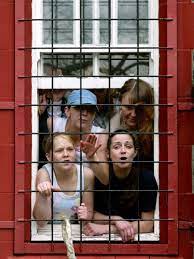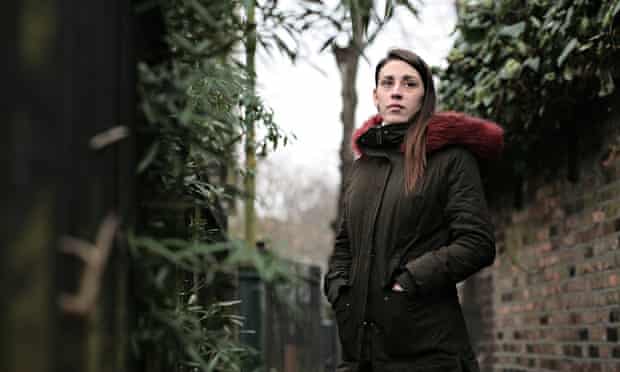
Women prisoners protest at HMP Styal
Today’s news out of England and Wales is predictably grim: “2016 becomes worst year ever recorded for suicides in prisons.” According to the Howard League, “The Howard League for Penal Reform has been notified of 102 people dying by suicide behind bars since the beginning of 2016 – one every three days. With five weeks remaining until the end of the year, it is already the highest death toll in a calendar year since current recording practices began in 1978. The previous high was in 2004, when 96 deaths by suicide were recorded.” And so now another end-of-year Round of Concern occurs. Absolutely none of this is new, and absolutely nothing positive will happen until the concern is manifested by more than the usual suspects.
From incarcerated refugee women in India to women prisoners in Australia, Belgium, Canada, Den- mark, England and Wales, Finland, Ireland, Netherlands, New Zealand, Norway, Scotland, and Sweden to women in prisons in the United States and Canada, the news is and has been the same, and for quite a while. Reporting on suicide rates in Canada in 1999, scholars noted, “The fact remains, however, that the suicide rate among female prisoners is abnormally high.” In 2010, scholars reported, “In England and Wales over a quarter of a century, suicide rates in prisoners were reported to be approximately five times higher in men than age-standardised general population rates.” And here it is, the end of 2016, “with around 3,900, mainly vulnerable, women locked up in English jails and 19 deaths already recorded this year (the highest for 12 years)” … and that was three weeks ago.
Today, the Howard League and the Centre for Mental Health released Preventing Prison Suicide, “the latest in a series of reports published by the two charities as part of a joint programme aimed at saving lives in prison.” Frances Crook, the chief executive of the Howard League for Penal Reform, wrote, “Whilst the government has promised (yet again) to recruit additional staff, we cannot wait months for them to appear, especially as such promises have proved empty in the past. The only way to save lives, make prisons safe for inmates and staff and help people to live law abiding lives on release is to reduce the number of prisoners. Once the number of prisoners is down, the challenge is to make prisons work properly in the public interest but that is such a distant prospect at the moment. Today’s challenge is simply to keep people alive.”
Scotland said NO! to the casual wreckage of women’s lives and provided alternatives, which include tearing down many women’s prisons, sending women who need help to places where they will receive assistance and where their dignity, as women, will be respected. Women don’t have to be sacrificed on the altar of carceral efficiency in which the challenge is simply to keep people alive. How have we arrived at a place where the challenge is simply to keep people alive? By turning our backs on the imprisoned women. Suicides in prisons and jails have risen more or less steadily over the past decade, at least, and that rise has been noted and documented, occasionally deplored, and then generally forgotten. Now is the time to stop forgetting, to remember in advance what you will say when someone, years from or tomorrow or tonight, looks at you and asks, “Where were you when all those women prisoners killed themselves? What did you? What have we done?”
(Photo Credit: New Statesman / Don McPhee/ Guardian)
